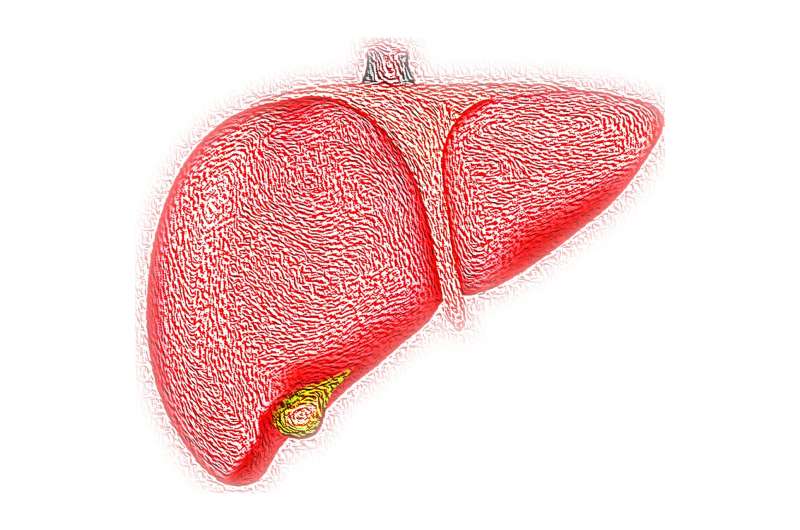Repurposing Diabetes Medication Shows Promise for Liver Disease Patients

A groundbreaking clinical trial reveals that dapagliflozin, a diabetes medication, may significantly improve outcomes for patients with metabolic-associated liver disease, opening new possibilities for treating liver inflammation and fibrosis.
A recent clinical trial conducted in China has revealed that dapagliflozin, a medication primarily used to manage type 2 diabetes, may also offer significant benefits for patients suffering from progressive liver conditions, such as metabolic dysfunction-associated steatohepatitis (MASH). MASH is characterized by excess fat accumulation in the liver, accompanied by inflammation, and can lead to fibrosis and, in severe cases, cirrhosis. This condition affects over 5% of the adult population and is particularly prevalent among individuals with obesity and diabetes.
The study involved 154 adults diagnosed with MASH through liver biopsy across six medical centers. Participants were, on average, 35 years old, predominantly male, with nearly half diagnosed with type 2 diabetes and all exhibiting varying degrees of liver fibrosis. Participants were randomly assigned to receive 10 mg of dapagliflozin daily or a placebo for a duration of 48 weeks, with regular assessments of metabolic and liver health parameters.
Results demonstrated that dapagliflozin significantly improved liver health, with over half of the participants showing improvement in MASH activity scores without worsening fibrosis. Specifically, 53% of those on dapagliflozin experienced a reduction in liver disease activity, compared to 30% in the placebo group. Additionally, the medication facilitated the resolution of steatohepatitis in 23% of treated participants versus 8% receiving placebo, and also contributed to fibrosis reduction.
Importantly, the treatment was well-tolerated, with a low discontinuation rate due to side effects (1%), indicating that dapagliflozin is a promising candidate for managing liver inflammation and scarring. While these findings are encouraging, the researchers emphasized that the study was limited to a Chinese population and that further research, including diverse and larger cohorts, is essential to confirm these benefits.
Experts believe that these developments mark a significant step toward targeted pharmacotherapy for liver diseases like MASH. As more treatments become available, personalized approaches considering cardiovascular health, safety, and accessibility will likely become standard. Overall, dapagliflozin’s dual benefits for metabolic and liver health could offer a new avenue for managing complex liver conditions in the future.
Stay Updated with Mia's Feed
Get the latest health & wellness insights delivered straight to your inbox.
Related Articles
Relying on Billing Codes in Medical Research May Lead to Significant Misdiagnoses
UCLA-led research warns that reliance on billing codes for disease identification may result in misdiagnosis in up to 66% of cases, highlighting issues in medical data accuracy.
Revolutionary Universal CAR-T Cell Therapy Paves the Way for Safer Cancer Treatment
A new universal CAR-T cell therapy platform promises safer, adaptable, and targeted cancer treatment by enabling rapid retargeting and on-off safety controls, potentially transforming the landscape of cancer immunotherapy.
Neural Circuit Activation Shifts Focus from Foraging to Safety in Mice
Scientists have identified a brain circuit in mice that automatically prioritizes safety over foraging, revealing a key survival mechanism that could have implications for understanding stress and anxiety in humans.
Study Finds Regional Nodal Irradiation Does Not Lower Invasive Breast Cancer Recurrence Rates
A major study shows that adding regional nodal irradiation does not significantly reduce invasive breast cancer recurrence in certain patients after chemotherapy. Learn more about these new insights in breast cancer treatment.



